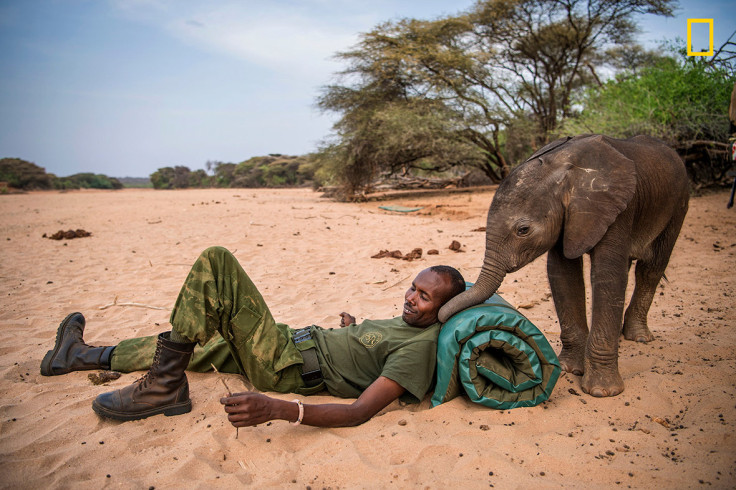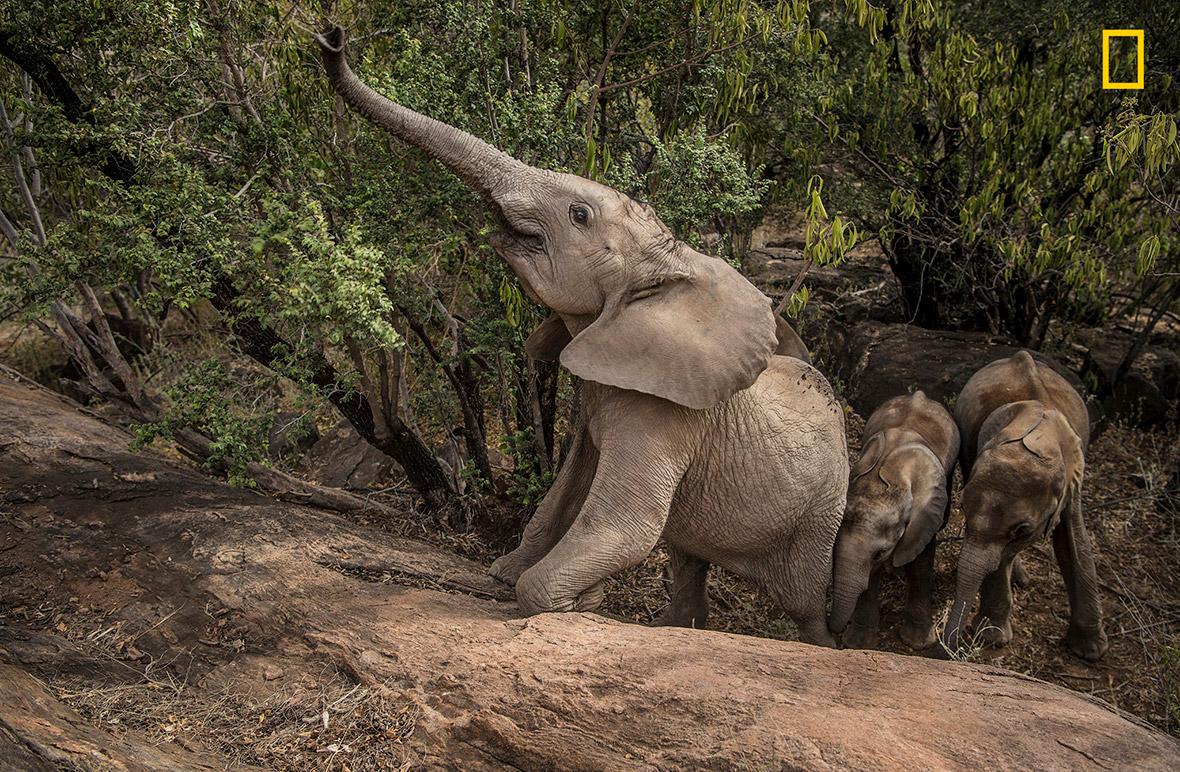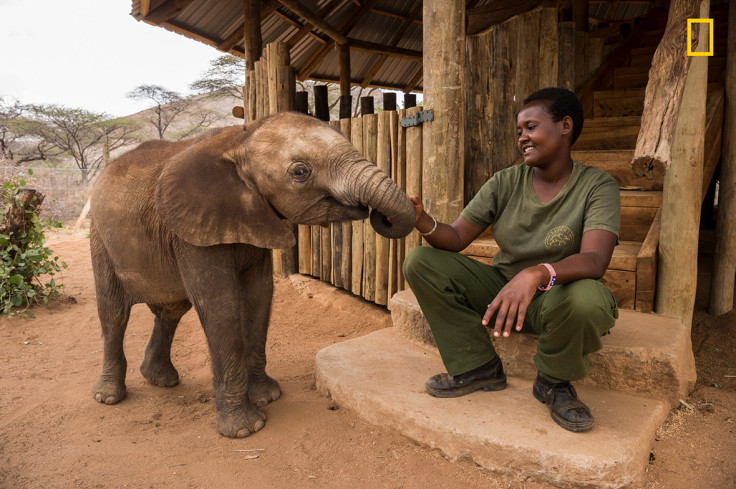Heartwarming story and photos of a baby elephant sanctuary in Kenya
"We take care of the elephants, and the elephants are taking care of us," says Rimland Lemojong, a Samburu warrior turned elephant caretaker.
Renowned photographer Ami Vitale has published a heartwarming National Geographic story about a baby elephant sanctuary in Northern Kenya.
For years, local communities' relations with elephants have been uneasy. Tribes such as the Samburu saw these animals as pests that would ruin their harvest and infrastructure. Now communities in this region are working together to protect the estimated 6,000 elephants that live alongside them.

Elephants that were once left for dead, are now being rescued, rehabilitated and released back into the wild. This is a story about conservation and community engagement on a small scale that will have tremendous ripple effects in the future.
The Reteti elephant orphanage lies within a 975,000-acre swathe of thorny scrubland in northern Kenya known as the Namunyak Wildlife Conservation Trust – part of the ancestral homeland of the Samburu people. Namunyak is supported and advised by the Northern Rangelands Trust, a local organisation that works with 33 community conservancies to boost security, sustainable development, and wildlife conservation.


Reteti was established in 2016 by local Samburus. Funding has come from Conservation International, San Diego Zoo Global, and Tusk UK. The Kenya Wildlife Service and the Northern Rangelands Trust provide ongoing support. The sanctuary's more than 20 elephant keepers are Samburus, all intent on returning their charges, under a dozen as of now, to the wild.
Feeding is a big part of the day's work for the handlers. Half-gallon-size bottles of special formula are given every three hours around the clock, and drinking is a noisy, slurpy affair. Afterward the elephants fall into a deep stupor.


What's happening here at Reteti, without fanfare, is nothing less than the beginnings of a transformation in the way Samburus relate to wild animals they have long feared. This oasis where orphans grow up, learning to be wild so that one day they can rejoin their herds, is as much about the people as it is about elephants.
The need for elephant orphanages like Reteti is a sad result of the decimation of herds by ivory poachers in recent decades, a pattern playing out widely in sub-Saharan Africa. During the 1970s northern Kenya was home to the biggest tuskers, along with a dense population of black rhinos, which were hunted to local extinction for their horns. Elephant numbers are now a fraction of what they were.
The loss of elephants has a ripple effect on other animals. Elephants are ecosystem "engineers" who feed on low brush and bulldoze small trees, promoting growth of grasses, which in turn attract bulk grazers like buffalo, endangered Grevy's zebras, eland, and oryx, themselves prey for carnivores: lions, cheetahs, wild dogs, leopards.

For pastoralists like the Samburu, more grass means more food for their cattle – one reason indigenous communities have begun relating to elephants, animals long feared, in a new way. "We take care of the elephants, and the elephants are taking care of us," Rimland Lemojong, a Samburu warrior turned elephant caretaker, says. "We now have a relationship between us."
© Copyright IBTimes 2025. All rights reserved.






















